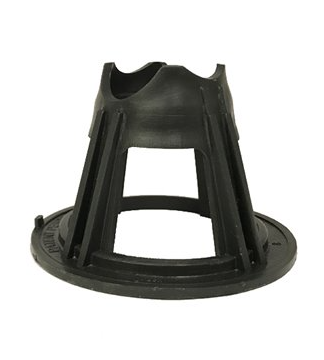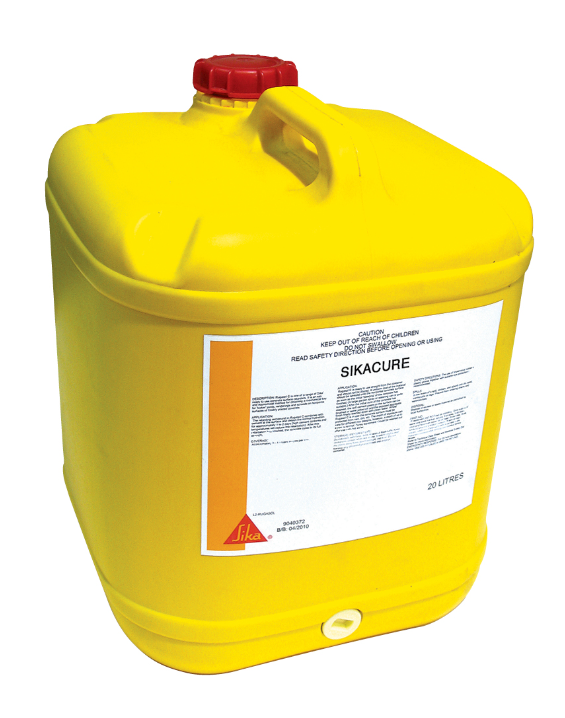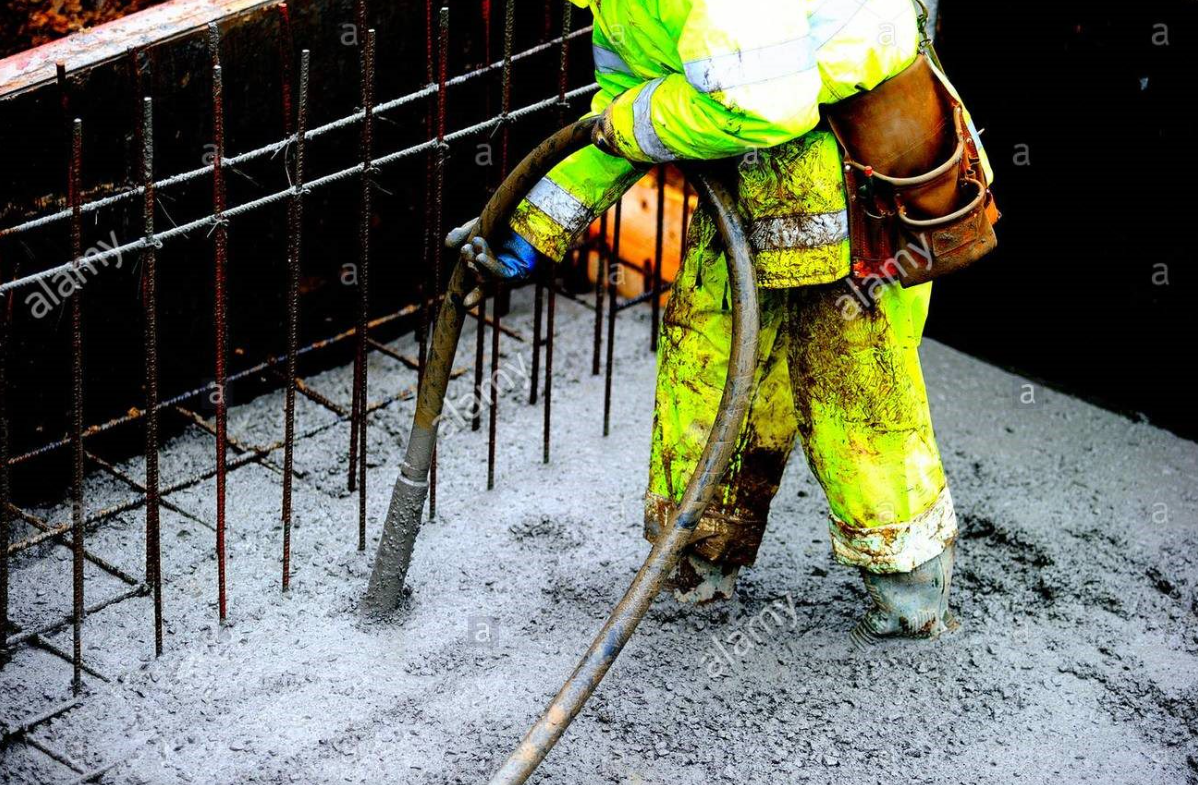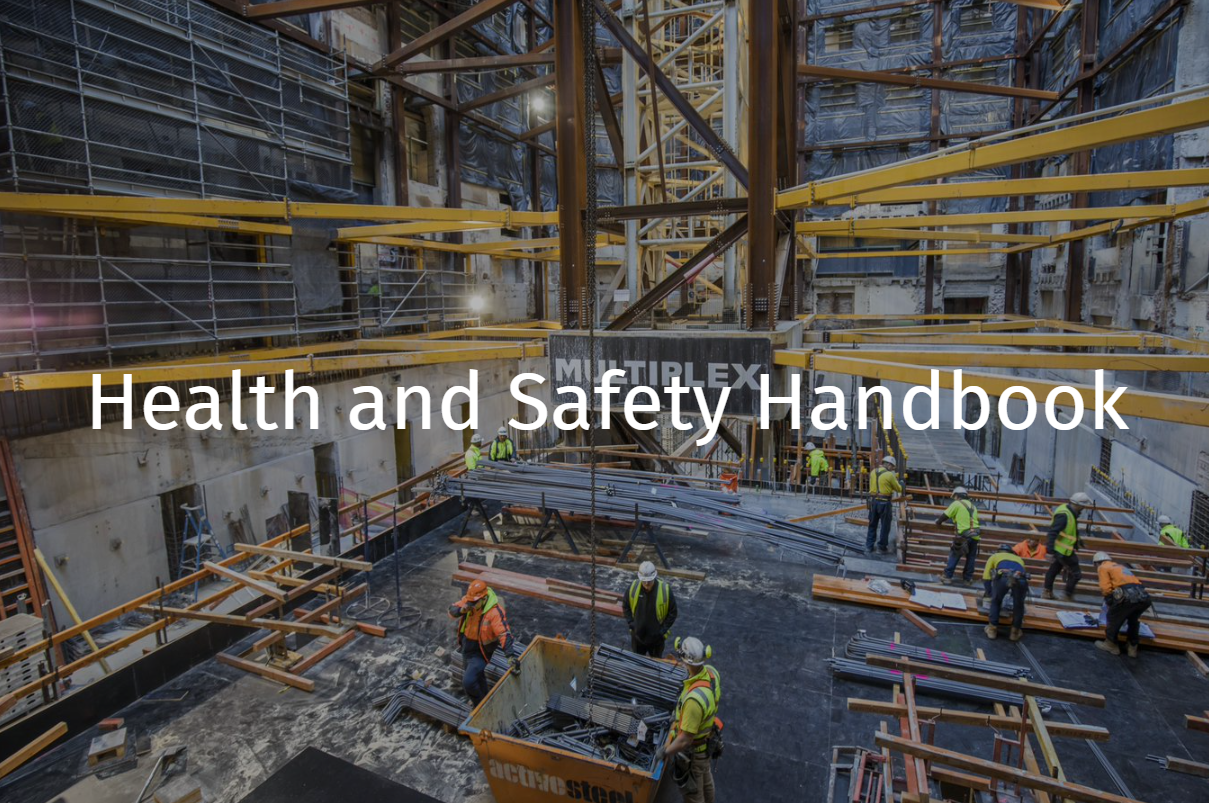General
What is Concrete?
Concrete is a mixture made of glue, rocks and water and is the single most widely used material in the world.
There are numerous positive aspects of concrete:
- It is a relatively cheap material and has good durability and long life. (i.e. a bridge has a life of 100 years).
- Concrete’s main attribute is this high compressive strength.
- When steel reinforcement is added it has good tensile strength.
- Liquid rock before it hardens it is very pliable and can be easily shaped.
- It is non-combustible.
What is Concrete made of?
Glue: A powder made from Portland cement or pozzolanic materials like fly ash and slag that develops glue-like characteristics when water is added to the powder
Rocks: Coarse and fine aggregates
Water: Clean potable water
Mixed in the correct proportions, concrete can achieve compressive strengths in excess of 100 MPa.
Unfortunately, concrete has very little tensile strength. To overcome this, steel reinforcement is cast into the concrete, but this is concrete’s Achilles Heel. Steel corrodes and if left unchecked eventually will lead to the destruction of the structure.
The Three C's
COVER
Cover refers to the distance from an exposed face of a concrete element to the nearest point on the steel reinforcement. Less cover means less durability.

Why do I need Cover to the reinforcement?
Cover refers to the distance from an exposed face of a concrete element to the nearest point on the steel reinforcement. Less cover means less durability. Corrosion of the reinforcement leads to spalling of the concrete also known as concrete cancer.
Cover is also required to fire rate the reinforcement to help the concrete structure achieve the minimum required FRL
CURING
Curing ensures the correct strength gain. Failure to cure correctly can cause cracking, reduction in strength and durability.

Why does concrete need to be cured?
Curing is the process of controlling the rate and extent of moisture loss from the concrete of during cement hydration preventing the loss of moisture from the concrete during the period in which it is gaining strength. Curing may be applied in a number of ways and the most appropriate means of curing may be dictated by the construction method.
COMPACTION
Air is entrapped in concrete, and correct compaction removes this air to ensure that the concrete reaches its designed strength.

Why do I need to compact the Concrete?
The effect of compaction on compressive strength is dramatic. For example, the strength of concrete containing 10% of entrapped air (air voids) may be as little as 50% that of the concrete when fully compacted. This reduces the permeability of the concrete and hence improves its durability.
Why can't I add water to the concrete onsite?
Water is essential to ensure the cement hydrates. However, the water-cement ratio is critical to ensure that the supplied concrete meets its strength. The onsite measure of the water-cement ratio is the slump test. Any allowable water that is to be added to the concrete must occur before the slump test being undertaken. The added water must not increase the concrete above the design slump by more than 15 mm.
If you add water beyond the designed water-cement ratio you will:
- Reduce the strength of the concrete
- Increase cracking due to volumetric loss
- Increase porosity and therefore produce less durable concrete







